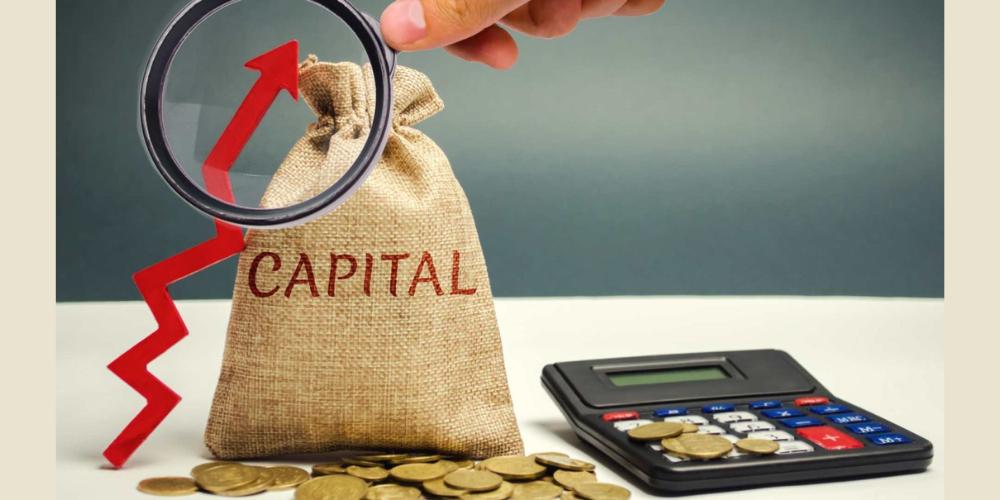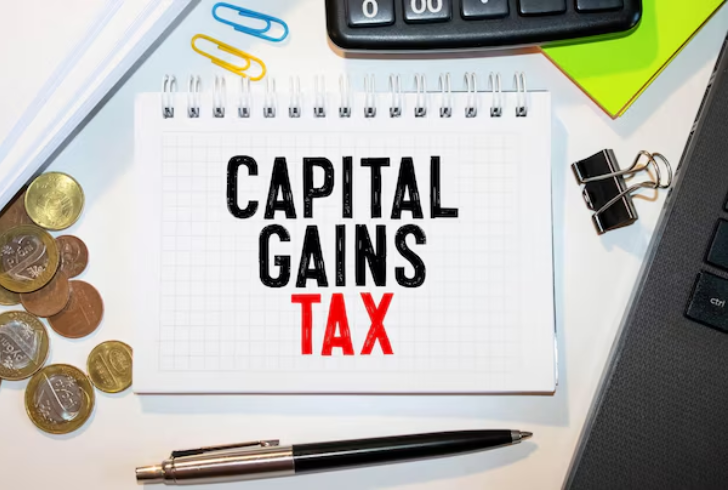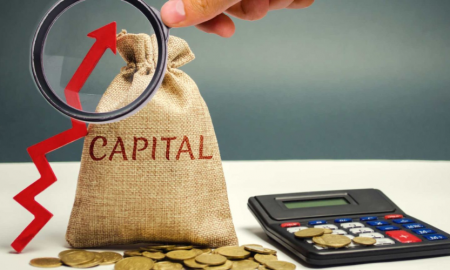
How to Take Advantage of Higher Income Limits for 0% Capital Gains

The 0% capital gains tax bracket provides investors with a great opportunity to manage their taxable income, especially with the new changes in 2025. This tax bracket offers the chance to strategically sell profitable assets without having to pay any taxes on the capital gains, but it requires careful planning.
As the IRS has announced higher income limits for 2025, many investors may qualify for this 0% capital gains bracket even if they earn more than expected.
What Is the 0% Capital Gains Tax?
Capital gains refer to the profit earned from selling assets like stocks, bonds, or real estate. The IRS taxes these gains at different rates depending on how long you’ve held the asset. If you hold an asset for more than one year, the profit you make from its sale is considered long-term capital gains and is taxed at a lower rate than regular income.
Certain income thresholds in the 0% capital gains tax bracket allow individuals to pay zero tax on long-term capital gains. For 2025, the IRS has adjusted the income limits, allowing more people to qualify for this tax break.

Freepik | zolakstock | Capital gains are profits from selling assets taxed at lower rates for long-term holdings.
Key Changes for 2025
Starting in 2025, the taxable income limit for the 0% capital gains bracket increases significantly. Here’s a breakdown of the new income limits:
1. Single filers – A taxable income of $48,350 or less will qualify for the 0% long-term capital gains rate.
2. Married couples filing jointly – A taxable income of $96,700 or less will also qualify.
This means that many individuals and couples who may not have qualified in the past might now find themselves eligible for tax-free capital gains under these updated limits.
Planning for the 0% Capital Gains Tax Bracket
To make the most of the 0% capital gains bracket, investors should focus on “tax gain harvesting” and rebalancing their portfolios. These strategies allow investors to sell profitable assets without triggering a tax bill. Here’s how to approach these strategies:
Tax Gain Harvesting
This strategy involves selling profitable assets in your brokerage account while still staying within the income limits for the 0% capital gains bracket. Since the gains are not taxed, you get to keep all of the profits. Once the sale is complete, you can repurchase the same assets, “resetting” your cost basis—the original price you paid for the asset. This helps to reduce future taxes on gains when you decide to sell again.
For example, let’s say you bought shares of a stock for $10,000, and today, they’re worth $20,000. Selling them under the 0% capital gains bracket lets you keep the entire $10,000 profit without paying any tax. Afterward, you could repurchase the shares at the new, higher-cost basis of $20,000, meaning that if the stock continues to rise, your future capital gains tax would be based on this new price.
Tax-Free Rebalancing
Rebalancing your portfolio—selling some assets and purchasing others to achieve your ideal mix of investments—doesn’t have to come with a tax bill if you’re able to stay within the 0% capital gains bracket. This strategy is particularly useful when markets have seen significant growth, as they have in 2024. Investors can take some of their gains off the table and adjust their portfolios to better match their future goals, all while avoiding taxes.
Rebalancing helps protect investors from the risk of future market volatility. With the stock market showing strong performance recently, it’s important to consider reallocating funds in preparation for potential downturns. Doing so in the 0% capital gains bracket ensures that you don’t lose part of your gains to taxes.
Important Considerations Before Selling

Freepik | Higher income can increase your tax liability, Social Security, and might affect your eligibility for subsidies.
Although the 0% capital gains rate can offer substantial tax savings, it’s important to remember that the full tax picture goes beyond just your capital gains. When planning, it’s crucial to consider your overall tax situation, including the income from other sources and any deductions you’re eligible for.
Additionally, higher income could have unintended tax consequences, such as:
1. Increased Social Security taxes
2. Higher Medicare premiums
3. Potential loss of health insurance subsidies
These factors should all be considered when deciding whether to sell assets and take advantage of the 0% capital gains rate.
Making Informed Financial Decisions
The 0% capital gains tax bracket in 2025 opens up significant opportunities for many taxpayers to sell profitable assets without paying taxes on the gains. With careful planning and a full understanding of your tax situation, you can use strategies like tax gain harvesting and rebalancing to optimize your financial situation.
However, it’s important to factor in all potential tax implications before making any major financial moves. Always consult with a tax professional or financial planner to ensure that you’re making the most informed decisions based on your unique circumstances.
More inFinancial Advisory
-
10 Unique Things to Do in Tokyo for Couples in 2024
Tokyo is a city where the extraordinary is the norm. From towering skyscrapers to tranquil gardens, this bustling metropolis offers an...
June 13, 2024 -
How to Make Money on TikTok – 8 Proven Strategies
TikTok isn’t just a platform for viral dance challenges and funny skits anymore. It’s a goldmine of opportunity for creative minds...
June 6, 2024 -
Tech Giant Cisco Likely to Lay Off ‘Almost 350’ Employees As Part of Its ‘Restructuring Plan’
Is your favorite tech company feeling the pinch? Recent reports suggest that Cisco (CSCO) is planning to lay off ‘almost 350...
May 31, 2024 -
How Many Mortgages Can You Have? Understanding the Limits
Are you pondering the idea of delving into the realm of multiple mortgages? Whether it’s for expanding your property portfolio, securing...
May 23, 2024 -
What You Ought to Know About Dominican Republic Rum
When you think of the Dominican Republic, your mind might drift to images of beautiful beaches and vibrant dance rhythms. But...
May 16, 2024 -
Are Mobile Homes Worth Investing? A Deeper Look
Are mobile homes a good investment? This question often pops up among potential homeowners and investors alike, looking for an affordable...
May 9, 2024 -
10 Best Stocks to Invest in 2024 for Smart Investors
In a world where economic growth seems to be hitting the brakes, the hunt for the best stocks to invest in...
April 30, 2024 -
Will Breaking a Lease Affect Your Credit? The Real Impact
Breaking a lease isn’t just about packing up and moving on; it’s a decision that can have lasting financial implications. While...
April 23, 2024 -
Is Traveling a Hobby? Exploring the Reasons and Ways to Travel More
Have you ever scrolled through social media and stumbled upon the question, “Is traveling a hobby?” It’s a thought-provoking query that...
April 16, 2024















You must be logged in to post a comment Login